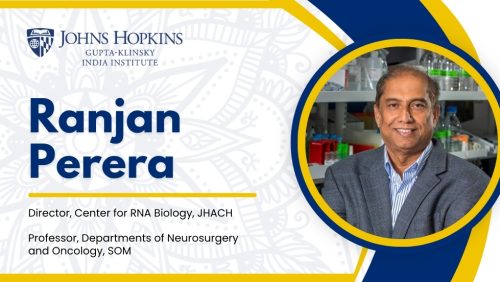
Forging New Collaborations with IIT Hyderabad: Ranjan J. Perera, PhD
Director, Center for RNA Biology, JHACH Professor, Departments of Neurosurgery and Oncology, SOM
“I really want to push hard to show that IIT Hyderabad and Johns Hopkins investigators are first in class scientists and are open for international collaborations. I see the opportunity to showcase two premier centers of the world, with technology and amazing clinical and basic research.”
Dr. Ranjan Perera, based out of the Johns Hopkins All Children’s Hospital in Florida, came to academia 15 years ago, and has spent most of his life in an industry setting. Jokingly referring to it as “the dark side of science,” he ran large projects and trials in the field of biotechnology. Usually, he says, the inverse happens, with academics following the money.
“I wanted to move to academia because I could not have my own project while working in a company. It’s difficult to run your own project if you don’t have support. Often you have to satisfy the stockholders and the management. If you come up with an idea, it may not always be accepted,” Dr. Perera explained. “It was clear to me that if you are creative and you want to push forward that idea, you have to have your own laboratory. Therefore, I decided to move back to academia and to have my own lab.”
He applies the philosophy he had in industry to his work now, focusing heavily on milestone development, developing timelines, and sticking to deadline. He also sees establishing collaboration (national and international) and being team oriented as one of his major strengths while doing his current work.
Working with Hopkins
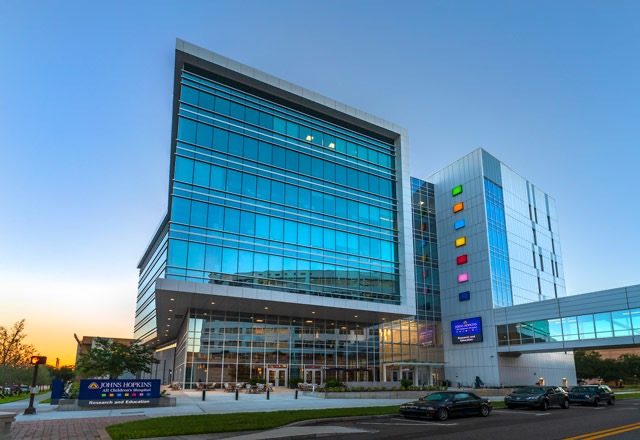
Dr. Perera’s primary affiliation is with the Johns Hopkins Faculty School of Medicine’s neurosurgery and oncology teams in Baltimore, but he mostly works in Florida, at the Johns Hopkins All Children’s Hospital. With his interest in neurobiology and cancer, he began collaborating with Dr. George Jallo, Vice Dean and Physician-in-Chief.
“Dr. Jallo and I worked very closely together from day one, and it was really rewarding, getting things up and running, publishing papers, getting grants. He clearly sees the importance of basic research in a clinical environment. Because of my previous exposure to industry, I have a very strong interest in intellectual property protection and licensing,” he said. “The reason I’m here in Florida is because the majority of my work is surrounded by or focused on childhood cancer, mainly childhood brain tumor, medulloblastoma. This makes All Children’s the best place to be. When it comes to brain tumors, diagnostics and therapeutics are very important, and All Children’s have that.”
This is especially true when developing new lines of therapeutics. Now, Dr. Perera is focusing on RNA therapeutics. His current research involves combining two disciplines: RNA biology and nanotechnology, to develop therapeutics that target brain cancer. This led to a collaboration with Indian Institute of Technology, Hyderabad (IIT Hyderabad).
The JHU/GKII-IITH Faculty Healthcare Research Workshop
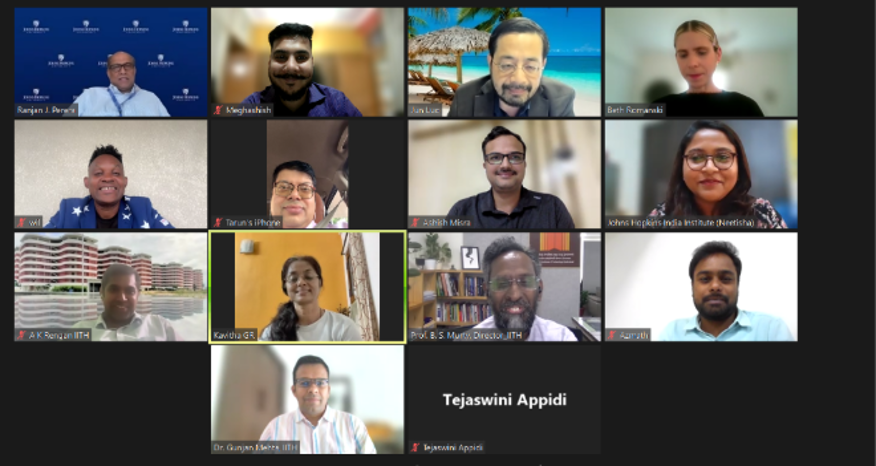
In May 2024, the Gupta-Klinsky India Institute (GKII) hosted a virtual healthcare research workshop with Dr. Perera and other faculty from the Johns Hopkins School of Medicine and the IIT Hyderabad. This workshop aimed to foster international collaboration, advance medical research, bridge global knowledge and innovation.
The workshop featured discussions on RNA Biology, Prostate Cancer, 3D Tumor Models, and Cancer Research. The workshop served as a platform for interdisciplinary collaboration, knowledge sharing, and mutual learning, creating a discussion about possibilities for PhD student, post-doctoral research, faculty member exchanges, financial support initiatives, adjunct faculty invitations, and collaborative research.
“The GKII workshop was very successful, and I strongly encourage this relationship to grow beyond faculty,” Dr. Perera said. “Graduate students and post-docs could also set up similar workshops so they can get involved and share their research ideas among colleagues.”
GKII plans to continue supporting joint education and research initiatives, facilitate faculty and student exchanges, and explore opportunities to deepen the partnership between Johns Hopkins and IIT Hyderabad.
Collaboration With IIT Hyderabad
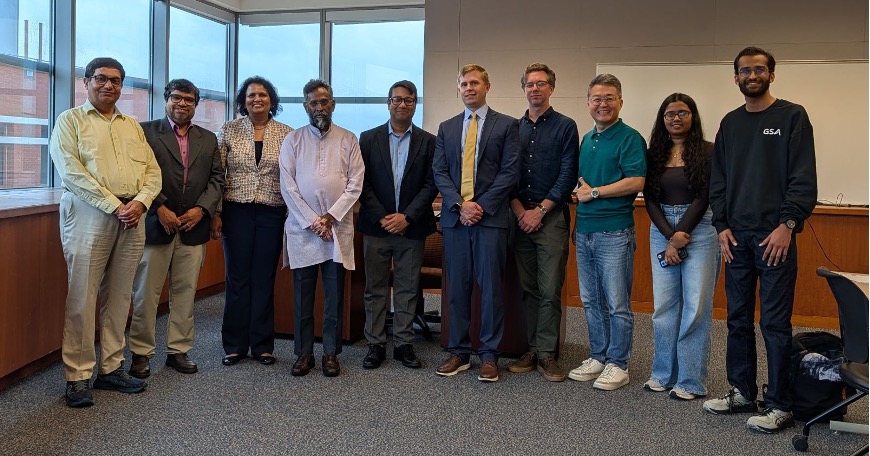
Two major things came about because of this workshop: a continued collaboration with partner IIT Hyderabad, and new fellow. The collaboration with IIT Hyderabad is crucial to Dr. Perera’s team because of the unparallelled nanotechnology and nanosystems laboratories there.
“They are the strongest, I think, and they have the bandwidth, the capability, and have shown that they are very talented,” he said. “Our plan is to build a strong bridge between these two institutes. We want to publish joint high impact factor publications and get funding for our major projects. It’s very rewarding for me to see that this collaboration is going forward.”
Another goal he wanted to achieve is identifying talented people from Hyderabad and attracting the brightest people from any part of the world to work in his lab. He says he has already achieved that goal. Dr. Perera onboarded Dr. Sri Amruthaa, a junior postdoctoral fellow, and one of India’s Pri-minister award recipients, who has trained for nanosystems with Dr. Arvind Kumar Rengan, a reputed scientist at IIT Hyderbad. He credits Dr. Amruthaa’s recruitment through this partnership with GKII as a conduit for the collaboration with IIT Hyderabad.
A Milestone in Mind
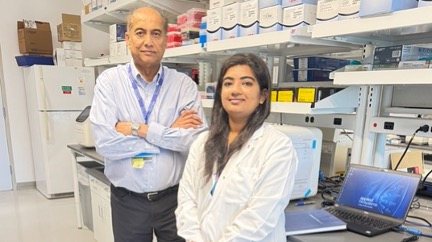
Dr. Perera is already looking to the future with this collaboration, wanting to develop a drug that can treat more than just Medulloblastoma, a type of malignant brain tumor that originates in the cerebellum, but brain cancer in general.
“We are working on our own nanosystems because Amruthaa is very capable of developing systems. I would like to see us work together with postdocs and consultants from IIT Hyderabad to develop or fine tune a better drug,” he said. “The delivery part is taken care of by us, we know how to deliver, so is analysis, front end designing, and cancer biology. But we need help from IIT Hyderabad to make sure we are correctly fine tuning the compound and meeting the parameters and characteristics before going into further studies.”
“I really want to push hard to show that IIT Hyderabad and Johns Hopkins investigators are first in class scientists and are open for international collaborations. I see the opportunity to showcase two premier centers of the world, with technology and amazing clinical and basic research,” he concluded. “This will be an amazing opportunity for both institutions to prove that we can really do something unique together to help those unfortunate kids suffering from often fatal diseases.”